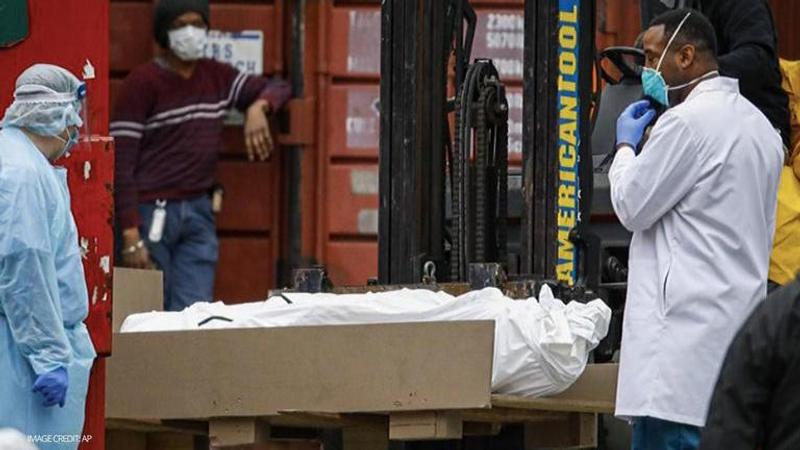Published 16:44 IST, April 3rd 2020
COVID-19: White House watches next ‘hot spots’ after New York and New Jersey
Louisiana, where 26% tested COVID-19 positive, worried US health officials, while Michigan, Connecticut, Indiana, Georgia, Illinois, stood at 15 percent.

The US is keeping a watch on the states that can turn into potential hotspots for COVID-19 outbreak as it ramps up testing in South and Midwest cities particularly at risk of widescale infection, as per US media reports. White House coronavirus task-force coordinator Deborah Birx said in a press conference that the next hot spots could well be Michigan, Connecticut, Indiana, Georgia, and Illinois.
Birx said at the press briefing that at least 35 per cent of tests administered in states of New York and New Jersey came back positive, and then the states later went on to convert to hot zones. So, therefore, on those lines, the US is keeping a watch on which states strike the similarity with figures recorded in New York, where 38 per cent of the total 245,380 cases are concentrated. She was quoted as saying that Louisiana, where 26% of all tests returned positive, worried U.S. health officials, while Michigan, Connecticut, Indiana, Georgia and Illinois, all stood at 15 per cent positive of the total tests conducted.
So, Brinx added, that explains what the new hot spots were. Earlier, President Trump warned the other states in a White House media briefing saying that coronavirus cases “start slowly, and slowly, before flying away”. He said that Louisiana was an example where Mardis Gras and Detroit were doing well, but then, cases suddenly jumped over the past few days. He further added saying that those will be the "real hot spots".
They start at different times, peak at different times
Maia Majumder, a computational epidemiologist at Boston Hospital told the US media that It was very feasible that the US must brace for multiple cities or even state-level outbreaks in a matter of the next few weeks. They will start at different times and they will peak at different times, he was quoted as saying. Samuel Scarpino, an assistant professor at Northeastern University’s Network Science Institute said speaking to a US media outlet that it has probably spread in other parts of the US, just not tested yet. Because those places haven’t recorded early fatalities. Co-ordinator Deborah Birx was also quoted saying that when the US looked at all the states collectively, they’re all moving at exactly the same curves, at different times. An emergency federal guidance was needed to make states understand that it looks like 2 cases, then bulged to 20, 200, then eventually 2,000, she added.
Updated 16:35 IST, April 3rd 2020




